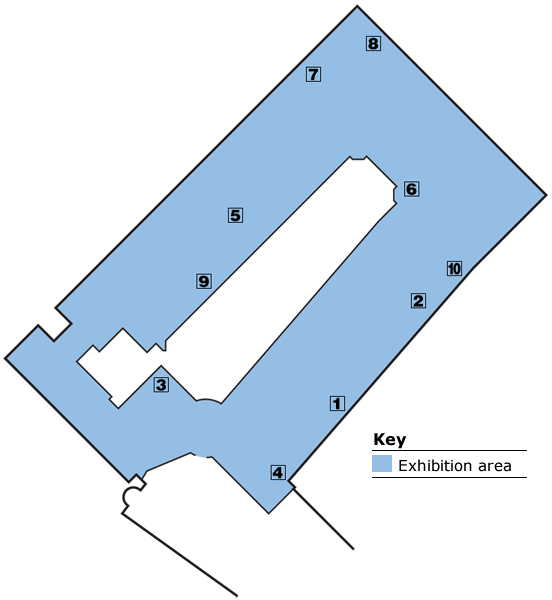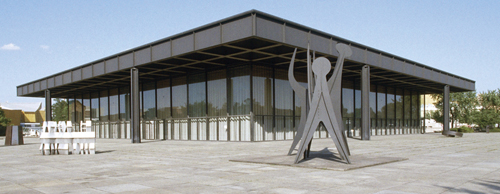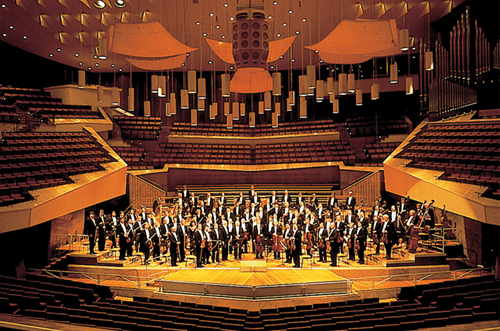Gemäldegalerie

Portrait of Hieronymus Holzschuher
Albrecht Dürer painted this portrait of the mayor of Nuremburg in 1529.
Portrait of the Merchant Georg Gisze
This
painting by Hans Holbein (1532), showing the merchant counting his
money, reflects the rise of the wealthy citizen during the Renaissance.
Madonna with Child and Singing Angels
A 1477 painting by Sandro Botticelli depicts the Madonna and Child, surrounded by angels carrying lilies.
The Birth of Christ
Martin Schongauer’s altar painting (c.1480) is one of only a few religious paintings by the artist that have been preserved.
Victorious Eros
Caravaggio’s
painting (1602), after Vergil’s model, shows Eros, the god of love,
trampling underfoot the symbols of culture, glory, science and power.
Portrait of Hendrickje Stoffels
In a 1656–7 portrait of his lover Hendrickje Stoffels, Rembrandt’s focus is entirely on the subject.
The French Comedy
This painting by Antoine Watteau belonged to Frederick the Great’s collection.
The Glass of Wine
Skilfully composed by Vermeer (1658–61), this scene shows a couple drinking wine.
Venus and the Organ Player
This Titian (1550–2) reflects the playful sensuality typical of the Italian Renaissance.
Dutch Proverbs
More than 100 proverbs were incorporated into this painting by Pieter Brueghel (1559).
Architecture in the Kulturforum
The Kulturforum was
planned to fill the large area between Potsdamer Straße and Leipziger
Platz that had been destroyed during World War II. The original idea for
a varied townscape of museums and parks is credited to the Berlin
architect Hans Scharoun, who had designed plans for this in the years
1946 and 1957. It was also Scharoun who, with the construction of the
Philharmonie in 1963, set the character of the Kulturforum: the
tent-like, golden roofs of the music hall, the Kammermusiksaal and the
Staatsbibliothek, all designed by Scharoun and – after his death –
realized by his pupil Edgar Wisniewski, are today among Berlin’s
best-known landmarks. All the buildings are characterized by the
generous proportions of their rooms. In their day, the Scharoun
buildings were highly controversial but today they are considered to be
classics of modern architecture.
Mies van der Rohe’s Nationalgalerie
The Neue Nationalgalerie, built to plans by Mies van der Rohe in
1965–8, is the only museum in the world designed by this Bauhaus
architect. Having emigrated to the USA in 1937, van der Rohe returned to
Berlin for its construction.


The Philharmonie, designed by Hans Scharoun – famed for its superb acoustics
Top 10 ArchitectsHans Scharoun (Philharwmonie)
Mies van der Rohe (Neue Nationalgalerie)
James Stirling (Wissenschaftszentrum)
Heinz Hilmer (Gemäldegalerie)
Christoph Sattler (Gemäldegalerie)
Friedrich August Stüler (St. Matthäuskirche)
Edgar Wisniewski (Kammermusiksaal)
Rolf Gutbrod (Kunstgewerbemuseum)
August Busse (altes Wissenschaftszentrum)
Bruno Doedens (Henriette-Herz-Park)